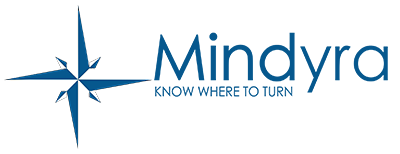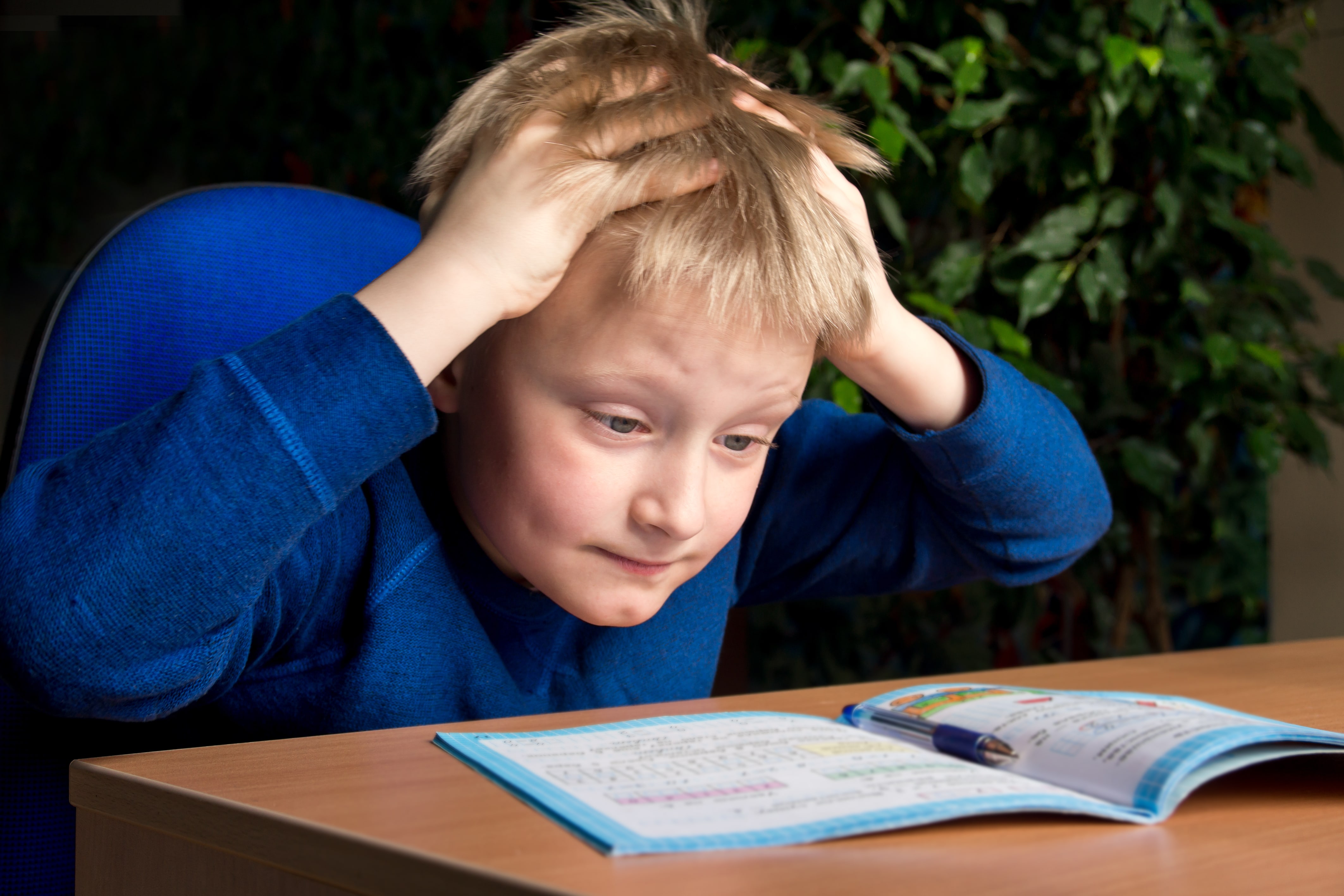There are many different kinds of obsessions and compulsions. Some of the more common ones in children are:
- Fears of dirt, germs, or contamination, often associated with compulsive washing or cleaning.
- Fears of a catastrophic event, such as the death of a parent, often associated with compulsive checking or superstitious behaviors.
- Excessive scruples or guilt, often associated with compulsive mental rituals (such as praying in a certain way) or reassurance-seeking from adults.
- Excessive concern about order and symmetry, often associated with compulsive arranging or ordering.
- Unwanted, frightening, or repugnant thoughts or mental images, often associated with compulsive mental rituals or repeating behaviors.








